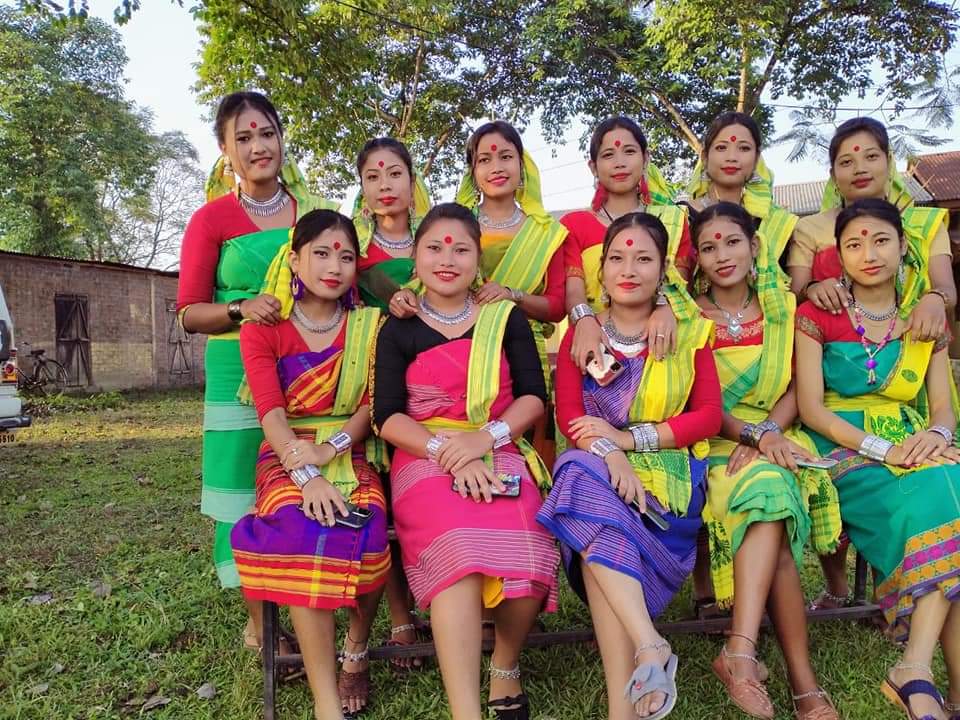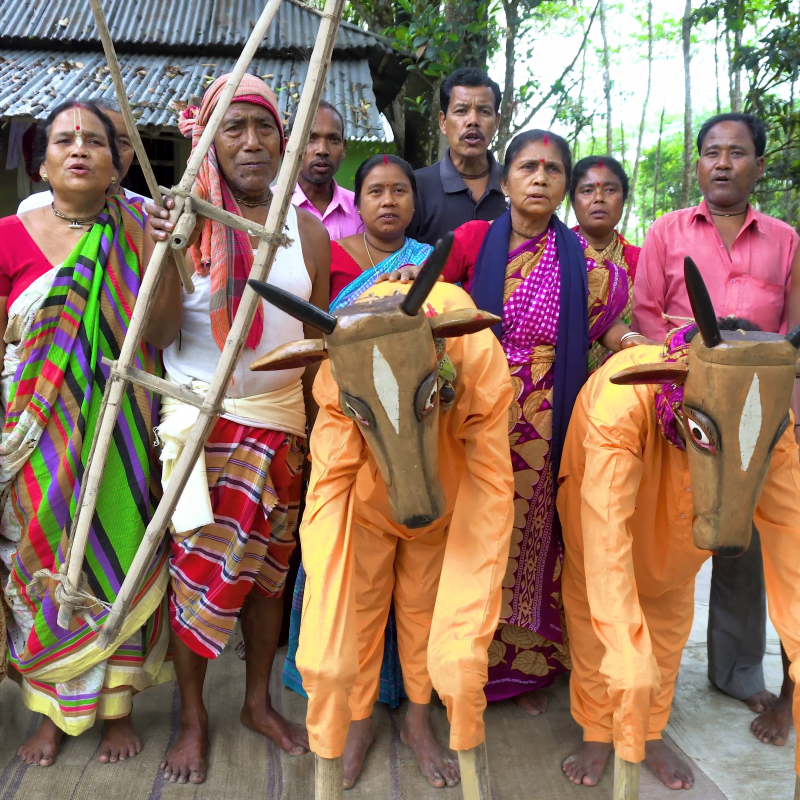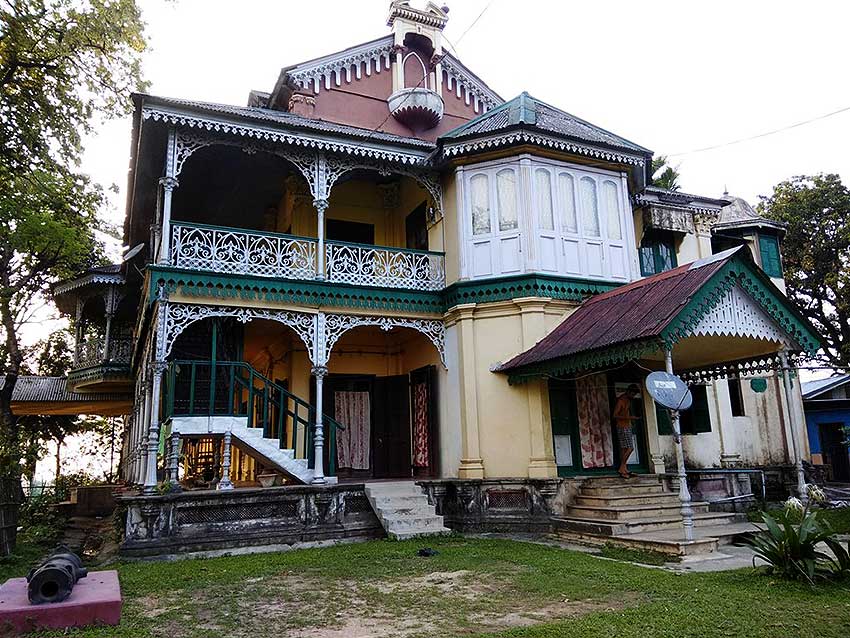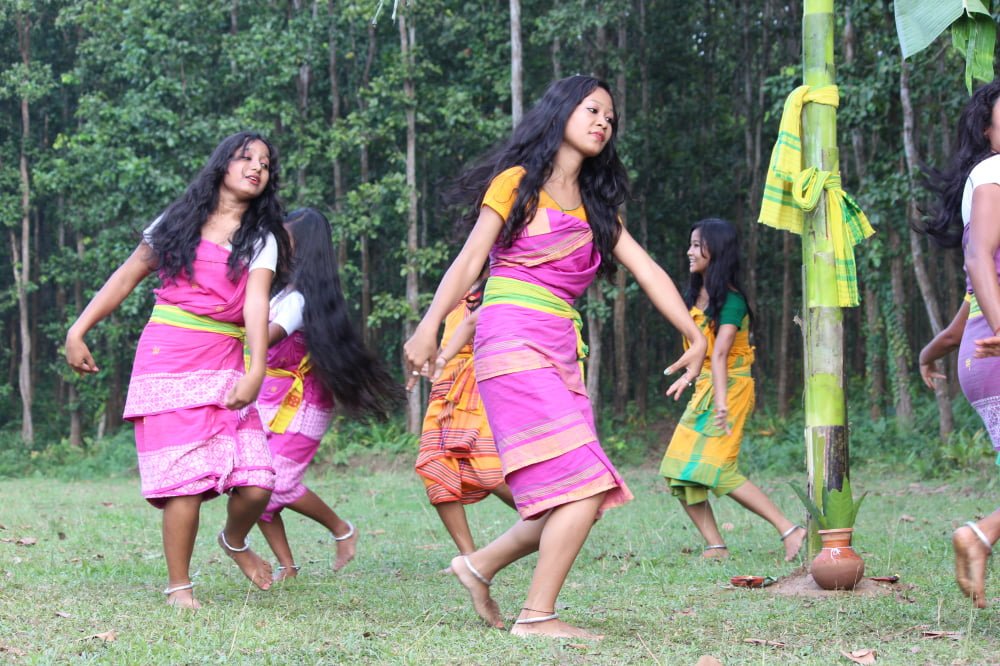The Bhutanese mountains, the Garo Hills of Meghalaya, Cooch Behar in West Bengal, and Rangpur in Bangladesh encircle Goalpara, a district in the westernmost part of Assam. Being surrounded by culturally and geographically significant places has impacted the history and livelihood of Goalpara immensely. In the early 20th century, the ‘zamindars,’ who were feudals in disguise, were responsible for economic exploitation in the region. The locals viewed land as the source of wealth and practiced conservatism. But the zamindars’ lifestyle adversely affected not only the tribes and communities of Goalpara but also the ecology. The relationship that could be seen between zamindars and nature was distant and antagonistic, as zamindars were notorious for practicing hunting and extravagant activities.

This chain of luxurious, pompous, exploitative, and ruthless zamindars continued until Raja Prabhat Chandra Barua. One of the zamindars of Gauripur, he came from a lineage known as the Baruas of Rangamati. He was one of the most enigmatic landlords among the Barua lineage. He was not only benevolent in his practices but also a socialist who pushed reforms like setting a cap on hunting, conserving wildlife and nature, and other development policies. He stands out as a leader in socio-cultural, political, and economic development. These public welfare activities were also agents of the national awakening and freedom movement throughout the nation.
His eldest daughter, Nihar Bala Barua, took these concepts as inspiration and followed the same course. Unlike other women from privileged backgrounds, she had a profound engagement with animals, nature, and local people. She dedicated a room in her house to a tiny museum containing insects, pebbles, shells, crystals, birds’ eggs, and other natural objects in wooden cases. Not only that, she had a variety of pets, such as monkeys, pythons, langurs, owls, hornbills, parrots, mongooses, and jackals. Though she never went to school because of the unavailability of such a system in Gauripur at that time, she learned a few lessons through home education. Her knowledge and interest in animals and birds were surprisingly vast. She liked to keep herself surrounded by natural elements and hence built a delightful garden with flora and fauna, orchids, exotic plants, and a greenhouse.

Born in 1905, she married at the age of eleven, and with time, her affinity with ecology transcended to the folklore and folk songs of the Rajbanshi people. Cooch Behar was once inhabited only by Rajbanshi people. However, their language and culture were considered important to the Bangla-speakers of North Bengal. After the end of the British Raj, the king of Cooch Behar handed over state control to India and became a part of the state of West Bengal. This led to the marginalisation of Cooch Behar, its language, culture, and people.
The rise of Bengali nationalism in the 20th century did away with marginalised Rajbanshi culture and practices. This marginality from the mainstream was a factor that added uniqueness and rare expressions to Rajbanshi folksongs and folklore. Nihar’s fascination for folk dance and music and her ability to understand the culture made her a pioneer in collecting and chronicling Rajbanshi folklore and music.
Nihar’s fascination for folk dance and music and her ability to understand the culture made her a pioneer in collecting and chronicling Rajbanshi folklore and music.
The Koch Rajbanshi community has an oral tradition of agriculture, dance, music, medical practices, culture, and language, and hence music forms are an integral part of Koch Rajbanshi culture. Instruments like Dotara, Sarindra, and Beena are essential to this culture. Barua’s collection of songs and lore draws from this oral and musical tradition that binds the past and present together.

Barua collected and documented the songs, beliefs, and customs of the people of Goalpara, where her ancestral home of Gauripur was located. She had a collection of more than a thousand songs, out of which she forged an archive of the cultural practices of the unique and endangered culture of the Goalpara Rajbanshis. Nihar was one of the first self-taught ethnomusicologists and one of the few who did keen research on Goalpara’s locals, not royals.
Ethnomusicology emerged in India during the British period, when western authors started to engage with Indian music, its theories, science, and sociology in the English language, mainly for Western readers. Indian culture, which was strange and intriguing for the Westerners, led them to study more about it beyond inquisitiveness. Intercultural aspects were consistently present in music, livelihood, and art, induced mainly by instability in the reigns of rulers, including suzerainty by Britishers. British scholars initiated their findings on the repeating patterns and structures of the tradition of ethnomusicological works by collecting folk songs and enabling their translation.

However, the lens of a British scholar was always distant and objectifying to India’s vulnerable web of complex culture. From 1870 on, Indian scholars started research on folk and tribal songs, following the methodology and techniques of their predecessors. Cultural communication among migrating ethnic musicians was realised as a parallel to ethnomusicology and, hence, studied significantly. The migration and expanding influence of other cultures make ethnic songs inherently intercultural. In the late nineteenth and early twentieth centuries, Goalpara, which was administratively colonial, existed as a liminal space between proto-Bengal and proto-Assam, the people of which called themselves Prantobashi, or the inhabitants of the Pranto, or the margins. This historical transition was reflected in the songs of the Goalpara tribes and captured by Nihar meticulously in her works.
The sedentarisation of local communities, the colonisation of wastelands, and the migration of thousands of cultivators from eastern Bengal altered not only the population ratios and the regional economic structure but also the dynamics of institutions, which affected the perception of culture and home altogether. In Goalpara, where language constitutes home and culture, complex linguistic hierarchies and boundaries were established through the cultural technologies of colonialism.
This is also the criticism of Nihar Barua’s works, but her constant effort in re-examining her socio-political position, from being a part of an aristocracy to identifying herself with the marginalised, gave her a distinctive edge as she broke the taboo of Hindu families by learning and studying the songs and dances of the so-called lower caste and Muslim folks.
These hierarchies widen the gap between the royals and locals, and hence, the individualised experiences of local communities in the literature are absent. This is also the criticism of Nihar Barua’s works, but her constant effort in re-examining her socio-political position, from being a part of an aristocracy to identifying herself with the marginalised, gave her a distinctive edge as she broke the taboo of Hindu families by learning and studying the songs and dances of the so-called lower caste and Muslim folks.

Outside Barua’s works, other sources were also representative of the lens of the traditional upper castes or the new urban classes. There are no comprehensive records of the interactions between zamindars and tenants or the experiences of locals. Primary source material on popular perceptions, therefore, frequently remains limited to the elite that are well versed in both English and Assamese or Bengali but not in Rajbanshi.
Nihar spent more than four decades of her life in Kolkata, writing and researching on folklore. Through her deep research and engagement with the echoes of locals, she held a different opinion from the general consensus that men composed the majority of the songs. According to Nihar, village poets, who were the creators of songs, were both men and women. Not only that, they were ‘psychologists’ who could understand and express ‘female desire,’ a theme that is prevalent in many Indian folktales and music but is never given primacy or considered sin. It is actually celebrated in Rajbanshi music. Poets bridged the gap between men and women by bringing out the furtive and passionate desires of women through songs.
Nihar’s findings and interpretations have been through the lens of feminism, as she goes beyond music as not just a medium of expression and art but a saga of experiences and desires
Nihar’s findings and interpretations have been through the lens of feminism, as she goes beyond music as not just a medium of expression and art but a saga of experiences and desires. Although the lives of men and women were contrasting because of the coercive patriarchal systems, the songs came from poets who transcended gender and sexuality with compassion, expressing the feelings of women as sexual subjects rather than male objects of desire. Marriage Songs of the community were also investigated, along with the practices of marriage in different communities.

Barua studied the music of Goalpara, delving into the context, customs, and interpretations behind it. The songs that the people sang to Sonarai, the spirit of tigers, or Madankaam, the essence of spring and generation, were at once earthy and moving. She has continually emphasised the perspective of women in all cultural setups, like in the dances performed by village women to engender rain, often naked, where she draws a picture of female agency and freedom. These shared, bound feelings make up intercorporeal female subjectivity, which goes beyond a person’s biological gender identity and is not limited to their physical bodies. Instead, they are defined by the sexual desires and unconscious emotions of women written into the songs.
Nihar Barua, who changed the trajectory of ethnomusicology by translating it through marginalised cultures and feminist opinions, did tremendous work in the field
Nihar Barua, who changed the trajectory of ethnomusicology by translating it through marginalised cultures and feminist opinions, did tremendous work in the field. She gave new rise and identity to the Goalpara tribes to represent themselves on the vast historical Indian stage through a feminist lens. She continued her passion for the ethnomusicology of Assam and its tribes, spent her last years in Gauripur, and breathed her last at the ripe age of ninety-nine in 2004.






